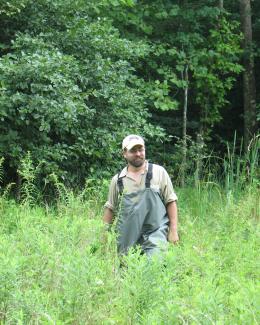Abstract
Borgs are huge extrachromosomal elements (ECE) of anaerobic methane-consuming “Candidatus Methanoperedens” archaea. Here, we used nanopore sequencing to validate published complete genomes curated from short reads and to reconstruct new genomes. 13 complete and four near-complete linear genomes share 40 genes that define a largely syntenous genome backbone. We use these conserved genes to identify new Borgs from peatland soil and to delineate Borg phylogeny, revealing two major clades. Remarkably, Borg genes encoding nanowire-like electron-transferring cytochromes and cell surface proteins are more highly expressed than those of host Methanoperedens, indicating that Borgs augment the Methanoperedens activity in situ. We reconstructed the first complete 4.00 Mbp genome for a Methanoperedens that is inferred to be a Borg host and predicted its methylation motifs, which differ from pervasive TC and CC methylation motifs of the Borgs. Thus, methylation may enable Methanoperedens to distinguish their genomes from those of Borgs. Very high Borg to Methanoperedens ratios and structural predictions suggest that Borgs may be capable of encapsulation. The findings clearly define Borgs as a distinct class of ECE with shared genomic signatures, establish their diversification from a common ancestor with genetic inheritance, and raise the possibility of periodic existence outside of host cells.


